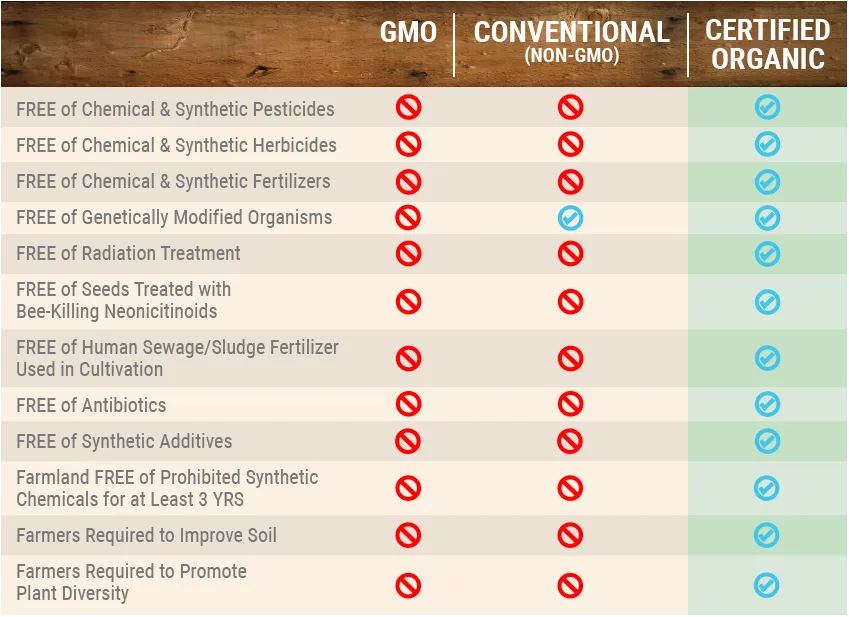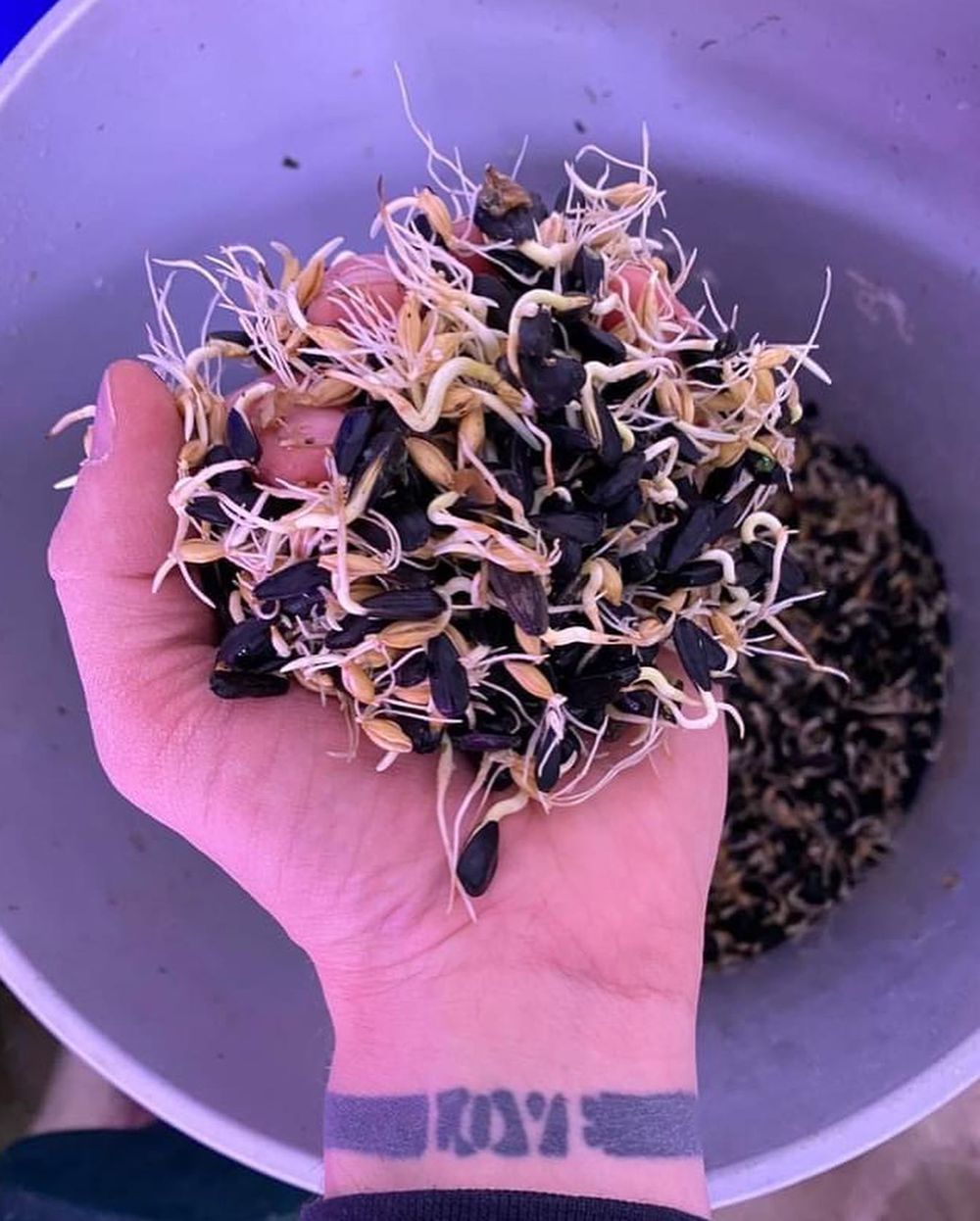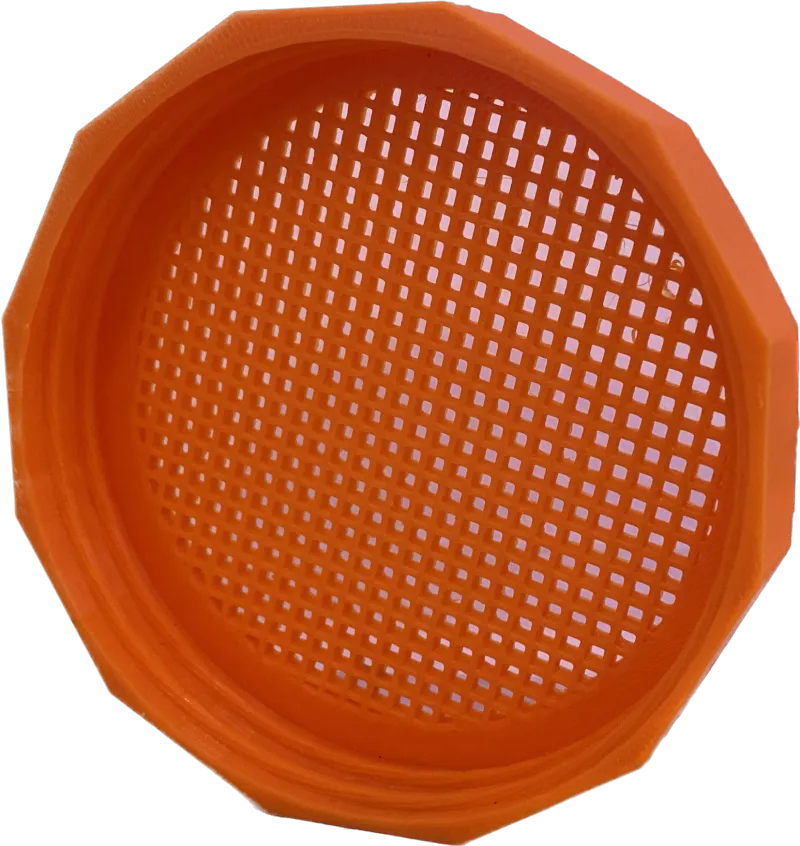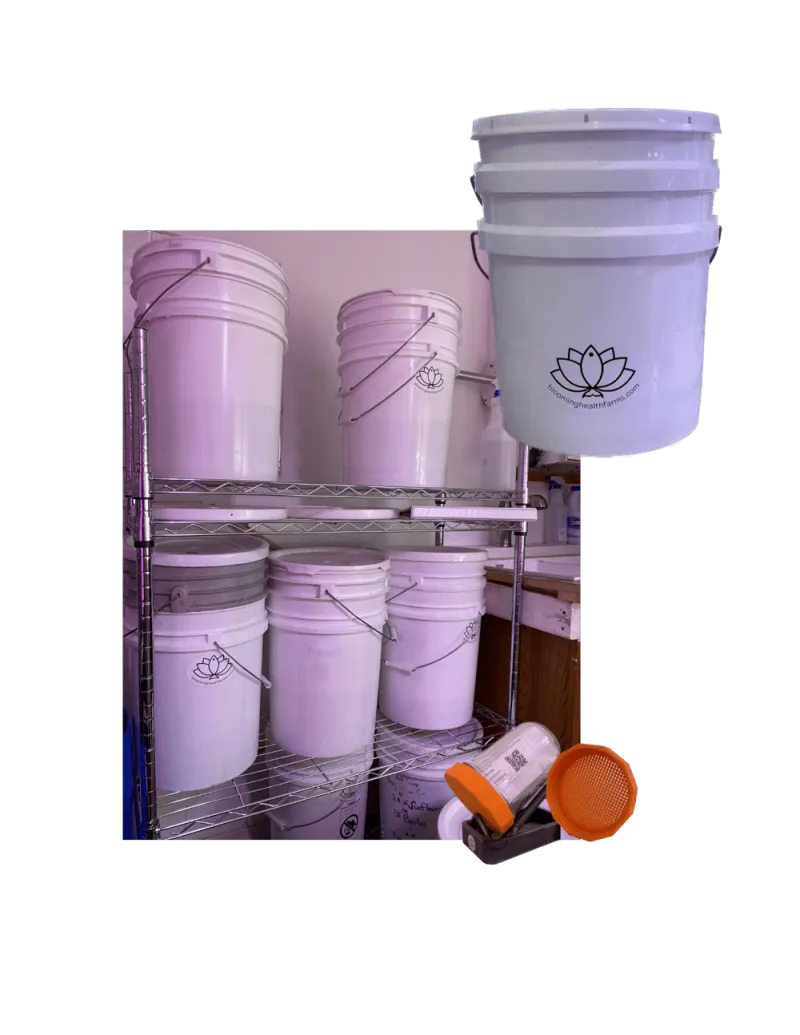🚧 Our Feed Store is Getting an Upgrade!🐓
While we renovate our new space, local feed pickup is paused.
We can still special order or drop-ship New Country Organics feed by request.
All other products remain available online.
📞 Call:
970-373-0102
for feed orders or questions.

Premium Organic Feed for Healthier Flocks & Livestock
At Blooming Health Farms, we’re committed to providing the best nutrition for your animals. That’s why we proudly offer New Country Organics alongside our own premium, sprouting seed—ensuring
clean, nutrient-dense, and sustainable options for poultry, livestock, and homesteaders who care about quality.

Shop By Categories
Discover the perfect items to elevate your flock with our Shop by Category section.
What Customers Say About Us...

Company Name should look
for ones that are specific,
detailed, and highlight the
unique benefits of working with
the company.
Alex John Martin
Manager

Company Name should look
for ones that are specific,
detailed, and highlight the
unique benefits of working with
the company.
Alex John Martin
Manager

Company Name should look
for ones that are specific,
detailed, and highlight the
unique benefits of working with
the company.
Alex John Martin
Manager
Frequently Asked Question
Welcome to our FAQs section, where we address common questions and provide helpful answers about our products. Whether you're new to taking care of livestock or a seasoned pro, our FAQs are here to provide clarity and guidance.

Can I customize the promotional items with my company logo?
Yes, we offer customization options to showcase your brand identity.
What types of promotional items do you offer?
We provide a diverse range of customizable merchandise for marketing.
What is the minimum order quantity for personalized items?
Minimum order quantities vary depending on the selected product.
How long does it take to receive my customized items?
Production times vary but are typically within 7-10 business days.
Do you offer rush shipping options for urgent orders?
Yes, we offer expedited shipping options for time-sensitive orders.
See Our Latest Blogs
Stay up-to-date with our latest insights, tips, and trends by diving into our newest blogs. Whether you're seeking industry expertise, marketing strategies, or product inspiration, our blog section is your go-to resource for valuable content.

How One Kid's Chicken Math Changed Our Farm Forever
How One Kid's Chicken Math Changed Our Farm Forever
It started with a tomato.
A sweet, sun-warmed cherry tomato from the greenhouse was handed to a kid who'd never eaten one fresh. His eyes lit up like it was candy. And from that moment on, he was hooked—not just on the flavor but the farm.
I had no idea then what would come next.
This kid, Kewani, started helping with the chickens, feeding them, collecting eggs, and selling them with me at the farmers market.
That's when it happened.
We'd just sold out of eggs—every single carton—faster than we could set up our booth. We were packing up when he hit me with it:
"We need more chickens."
I laughed. "We can't. City ordinance won't let us."
But he didn't miss a beat.
"Yeah, but Sean—if we had just two more chickens, we could get two more eggs a day. That's enough to sell more eggs next time… and make more money."
And just like that, the chicken math hit me.
The Real Math Behind Egg Production
Most people don't realize that one hen lays about 5–6 eggs per week, depending on the breed, age, diet, and season. That means if you want 5 dozen eggs—or 60 eggs—a week, you need roughly:
10 to 12 reliable laying hens
But—and this is a big but—not all hens lay every day.
Even with perfect conditions, hens take breaks. They molt. They get broody. They slow down in winter. That's why you need to overestimate your needs by 10–20% if you want a consistent supply.
When we scaled up Blooming Health Farms, we didn't just double our birds for fun. We did it because egg demand increases faster than production. You'll fall short every time if you plan for the bare minimum.
So, if you're planning for:
5 dozen eggs/week → 12 to 14 hens
10 dozen eggs/week → 24 to 28 hens
More? Start thinking in flocks, not just numbers. You'll need rotational grazing, consistent feed, and clean collection systems.
Why Chickens Don't Always Lay Consistently
This was one of the first lessons I had to teach our youth farmers.
You can't just assume a hen = an egg. Chickens are animals, not machines. They lay based on:
Breed (Leghorns lay more than Silkies)
Nutrition (especially protein and calcium)
Stress (predators, heat, loud noises)
Season (light affects egg production)
Age (production drops after 2-3 years)
We learned to track each bird's output and adjust our numbers accordingly. The idea isn't to get perfect predictability—it's to build a system that allows for natural fluctuation without failure.
From Backyard Hobby to Scalable System
What started with a couple hens and a curious kid turned into something bigger.
We didn't just raise more chickens—we built a model. We brought in youth, tracked egg counts, created packaging systems, and documented it all in our Chicken Eggs protocol for Blooming Health Farms.
Every egg collected, bird fed, and customer served is part of the process. And now, with a little help, that system is something others can build, too.
So, How Many Chickens Do You Need?
Ask yourself:
How many eggs do you actually use each week?
Are you feeding just your family or selling to neighbors?
Do you want to scale or stay steady?
The answer isn't just about numbers—it's about designing a system that supports your goals. If you feed a household, 6–8 hens might be plenty. If you want to sell at the market, 20–40 birds is a solid start. If you're thinking small-scale production… you're in my territory now.
And if you're like Kewani, doing chicken math on the fly, then you already know you'll need more than you think.
Want to Build a Smarter Flock from the Start?
Whether you're planning to produce five dozen eggs a week or looking to scale your entire operation, you need more than birds—you need a blueprint.
Thinking Outside the Soil is that blueprint. It's where I break down how we went from a backyard coop to a youth-led urban egg farm. You'll learn how to match your goals to the number of birds you need, feed them without wasting money, and design a system that grows with you.
For even more technical planning, feed ratios, and scaling strategies, the Business Planning Guide offers insight into coop layouts, rotational grazing, and managing resource flow.
The best farms don't happen by accident. They're built one egg at a time.
Start building yours today with Thinking Outside the Soil—and get your chicken math right the first time. Click here to get yours!
About Us
Contact Us
1919 65th Ave, Ste 3, Unit 2, Greeley CO 80634
Phone: (970) 373-0102
Email: [email protected]
Copyright© 2025 Blooming Health Farms - All Rights Reserved.












Facebook
Instagram
Youtube